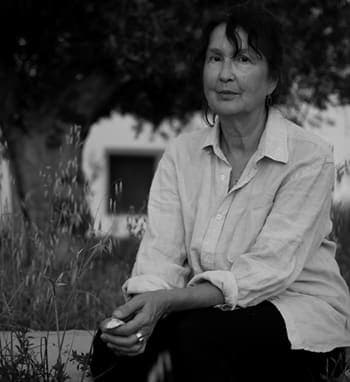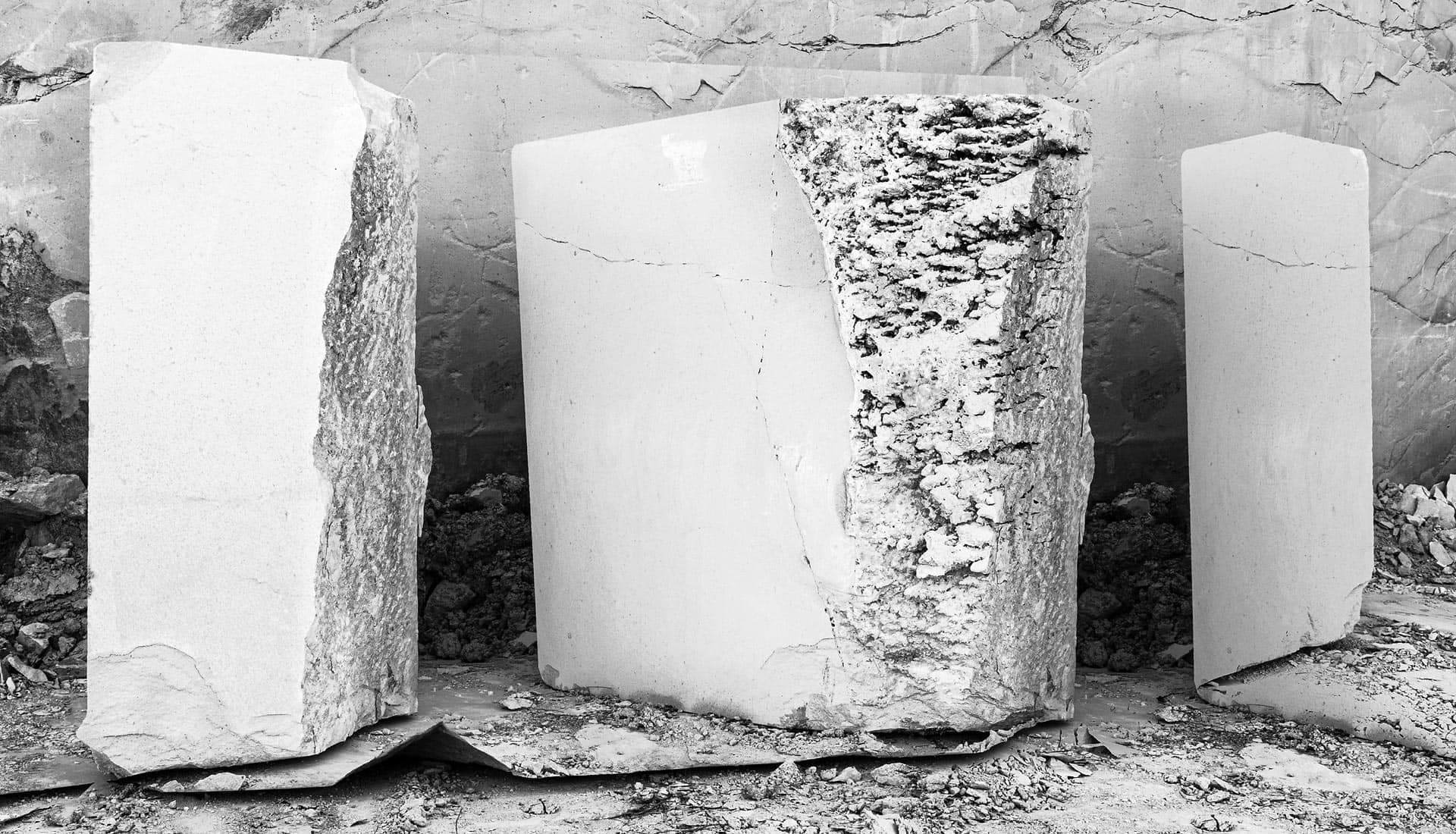She has been commissioned to work on an upcoming project with Anatolia and we are excited to introduce her and share her work with the world.
Hello Gin, how would you present yourself in a few words?
GRJ: I am a photographic artist living on the south coast of England, and I am passionate about exploring the evolving relationship between humans and the natural world; it’s a nested relationship.
What is your first memory related to photography and how has it become a passion of yours?
GRJ: Picking up my first camera aged around 3 years old! There’s a family photo of me looking very pleased with myself, holding the brown leather strap of the camera.
I remember the feel of the metal and the smell of the crisp brown leather; and I am also aware that the photograph is bound up in memory and family stories. This is the magic of photography!
How would you define your photographic style?
I guess I fall into the Fine Art ‘Landscape’ photography broad church, but I am not defined by it if you get what I mean. My work is experimental and experiential;
I like to play with scale, abstraction, in-camera multiple exposures to inject a sense of layering to the unfolding narrative of any body of work. I feel that images are not windows as such, but surfaces, both sensory and sensual.
What is it about Natural Stone Landscape photography that you are passionate about?
GRJ: When I am amongst rocks and stone I am more at peace; there is an internal resonance, an exchange of energies, a profound sense of expansion and presence. It is hard to find silence in a world so busy with itself but I find it within natural stone landscapes! There is a balance here, I am matter amongst matter; geology, geomorphology, stones and rocks throw up deep philosophical questions for me about time, space, and existence. Not our human sense of lived time, but deep time, geological time is utterly compelling I find, but ungraspable, until you are surrounded by rocks, encountering, inside the landscape, wrapped in its intimate immensity.
There’s a kind of dignity and stillness, an echo of processes stretching back many millions of years, somehow present and resting. All landscapes are in permanent transition, the forces that shape the earth can be mind bogglingly slow or violently abrupt. It’s this paradox between the 2D qualities of a photograph, the apparent fixedness of the stone and the liquid nature of time that I am passionate about. I have collected stones my whole life, as if in their weight and density the curvature of time is made manifest. When you hold a stone it is as if you are holding time, deep time.
You work a lot in black and white. What does this bring to your photography perspective?
GRJ: I am naturally drawn to work in black and white, I love its abstract qualities - there’s a great deal of nuance, play and ambiguity with it that is such fun to make a body of work with. Since my practice engages with philosophical ideas I find the possibilities for metaphor and narrative within black and white images inspiring and exciting to work with.
Black and white sort of collapses space into layers, reducing shape, shade, light to its formal qualities thereby articulating the surface by gesturing towards depth. I pretty much see the world in black and white when I am working!
What do you wish to communicate through your images?
GRJ: A sense that the world around us is still full of unknowns, despite our apparent ability to 'see' everything through our screens. I hope to engender a sense that the anthropocentric order of things is not the only way to experience the natural world, and that viewers will feel inspired by my work to question what they are looking at, to look past the surface and get a sense of being a part of the landscape, fully sentient. It’s a kind of empathy.
I am fascinated by the deceptive and intriguing nature of appearances. If we just slow down and fully engage from within ourselves and within the landscape then we are having the experience of landscape, rather than the objective, idea of it. It’s what I call landscape interiority, or encountering, influenced by Eastern philosophy and ways of engaging with the natural world. I want people to feel drawn into my photographs, as if they want to go into them and have their own encounter, to question what they see, a form of mindfulness; tread lightly.


